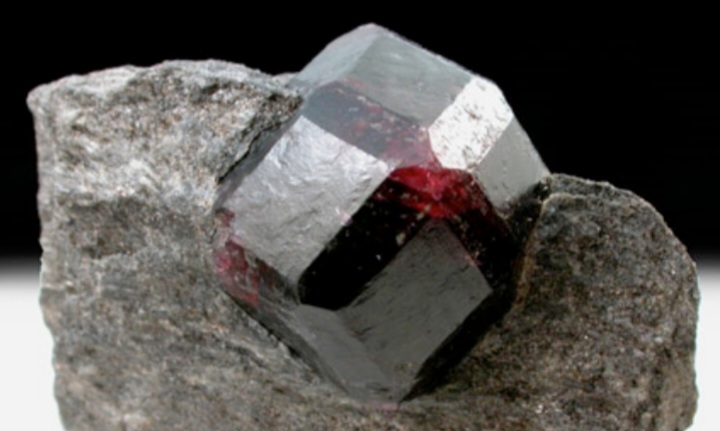Earth Treasures: Carbuncle

By Chisom Ibemere
Carbuncle also known as red garnet is a gemstone that has a rich history which originates from ancient times. The term ‘carbuncle’ was initially used to describe any red gemstone, including ruby, garnet, and spinel. It is believed to have been used specifically to describe a precious stone that was found in ancient Mesopotamia.
The ancient Egyptians also used carbuncles as amulets and believed in their healing powers. It is a rare and valuable gemstone that is basically used in jewellery. It is popular in the production of rings, necklaces, bracelets, and earrings.
Carbuncle is also used for decorative purposes, such as in sculptures and ornaments. Carbuncle was used as an amulet to ward off evil spirits and promote healing in ancient times.
Carbuncle is a red gemstone that belongs to the family of minerals known as garnet. The colour of carbuncle ranges from a deep red to a reddish-brown. The most common variety of carbuncle is almandine, which has a hardness of 7-7.5 on the Mohs scale. Carbuncle is often cut into cabochons or shaped into beads for use in jewelry.
Carbuncle is a rare gemstone that is found in various locations around the world. The most significant deposits of carbuncle are found in India, Sri Lanka, Brazil, and Madagascar. Other locations where carbuncles have been found include the United States, Russia, Australia, and Tanzania.
Carbuncle is a precious and highly valuable gemstone that is often sold at a high price. The value of carbuncle is determined by several factors, which includes color, clarity, and cut. The most valuable carbuncles are those that have a deep red color and are free of inclusions. The market demand for carbuncle is high, and it is considered a valuable investment.
